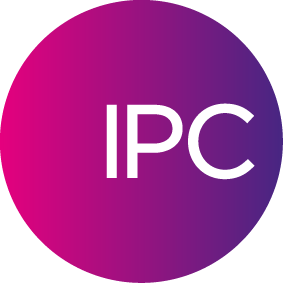by Ganesh Iyer, Director, Global Product Marketing, Financial Markets Network, IPC
Effectively and affordably achieving greater trading transparency is a top-tier challenge for most of today’s financial firms. With rising regulatory scrutiny focused on protecting investors and ensuring fair and safe markets, firms must make sure their metadata for pre-, during and post-trade activity is accurately captured and stored. And a key component of capturing such data is clock synchronization and time stamping.
As most of us know, regulatory compliance with MiFID II RTS-25 and FINRA Rule 4590 places strict requirements on the accuracy of timestamps and the maximum divergences of the clock they are read from. Combine that with 2016 being a banner year for FINRA fines – most stemming from a “lack of control” and “recordkeeping” – and the Securities and Exchange Commission being refocused by the Trump Administration on enforcement rather than policy and one sees why achieving time accuracy and synchronization of clocks is getting a lot more attention.
For instance, time becomes vital when examining insider trading and front running. Therefore, financial firms are more actively searching for services that can deliver highly precise, synchronized and traceable time feeds globally at different levels of accuracy to meet the varying requirements based on trade strategy. Any firm trading in the United States and European Union must have reliable, synchronized time feeds to connect its trading applications and order management systems.
The good news is newer, more comprehensive offerings of such services are available. And, there is even more good news coupled will all these efforts to satisfy compliance concerns. According to Anthony J. Perrotta, Jr., Chief Executive Officer, TABB Group – an international research and consulting firm focused exclusively on capital markets – “Market participants leveraging industry-leading solutions (for clock synchronization and time stamping) will achieve significant business benefits in addition to being able to easily comply with global regulatory requirements.”
The added benefits of a top clock-synchronization and time-stamping solution can include enhanced performance visibility, risk mitigation, digital forensics and accurate financial reporting and auditability. All are capabilities that can help keep financial firms focused on running smoothly and profitably rather than dealing with regulatory oversight and potential reputational damage.
When it comes to trade data and metadata, precision matters. So perhaps it’s time for you and your firm to take a closer look at better time stamping for trades.

